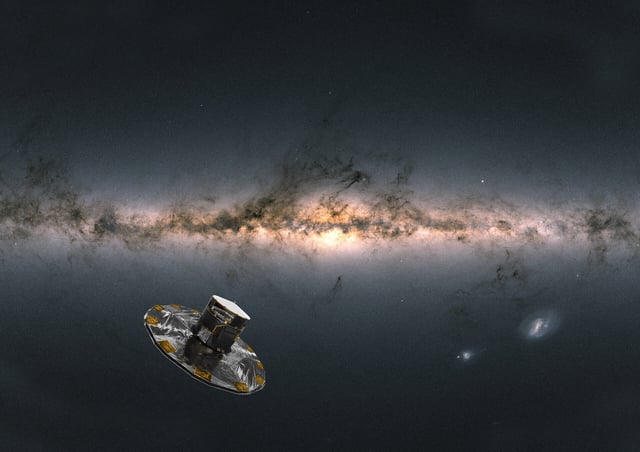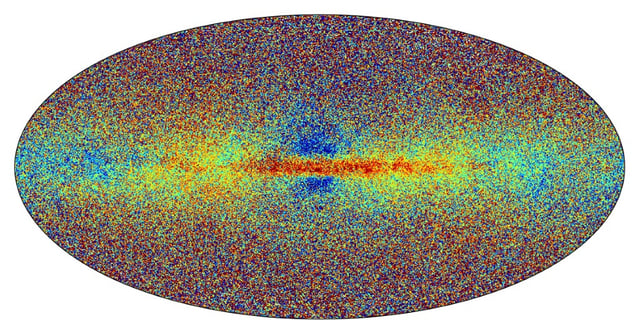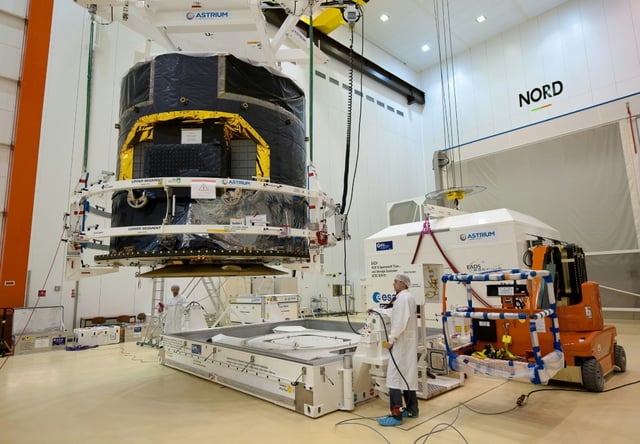Overview
- The European Space Agency powered down the Gaia spacecraft on March 27, 2025, and moved it to a stable retirement orbit around the Sun.
- Launched in 2013 with a planned five-year mission, Gaia operated for over a decade, mapping nearly two billion stars and uncovering insights into the Milky Way's structure and evolution.
- The decommissioning process involved carefully disabling redundant systems to ensure the spacecraft remains non-operational and does not interfere with other missions near the L2 orbit.
- Gaia’s data archive, including upcoming releases in 2026 and 2030, will continue to support research on galactic mergers, exoplanets, black holes, and more.
- As a symbolic farewell, the names of 1,500 team members and personal messages were written into Gaia's onboard memory before its systems were shut down.



